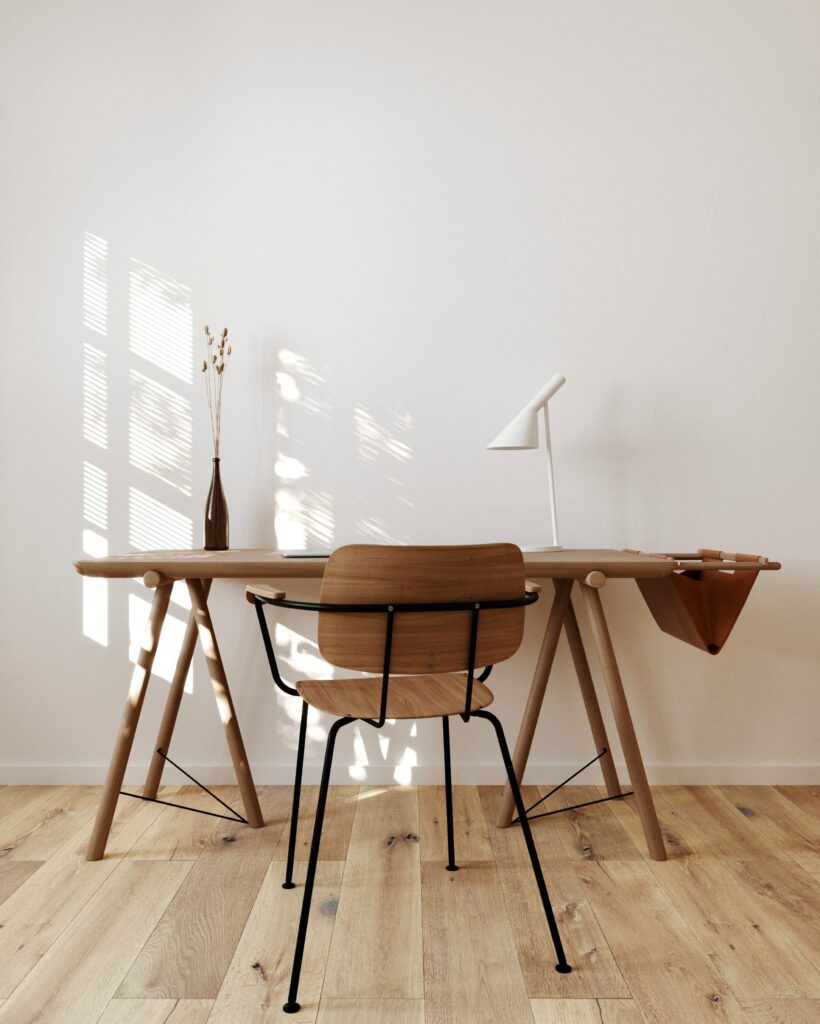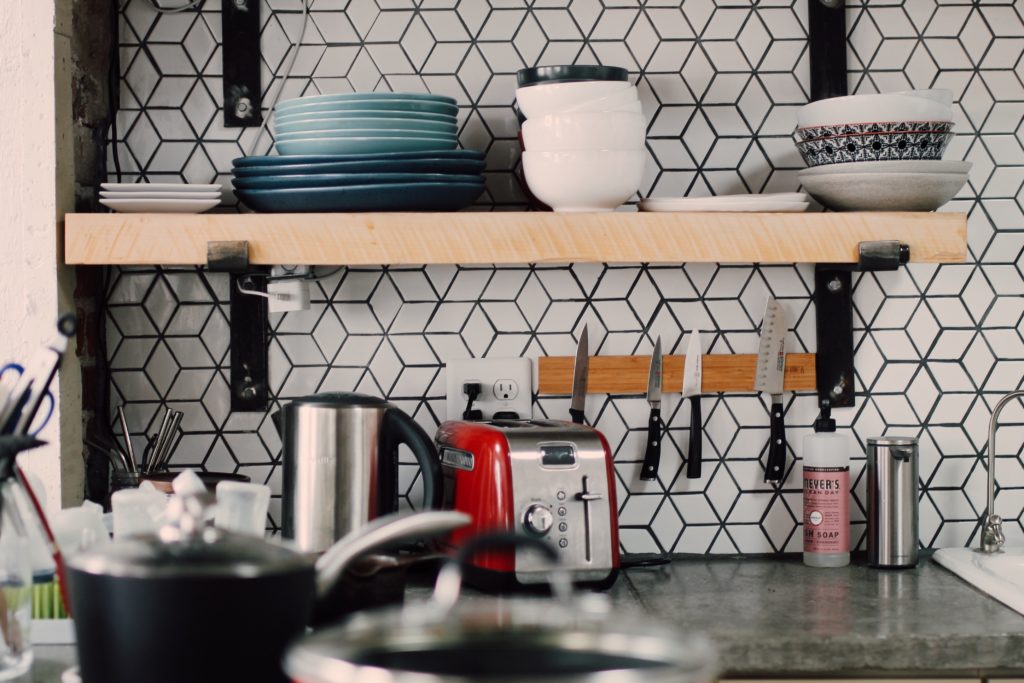From the outside looking in, successful people seemingly do it all: exercise, nourish their bodies, and incorporate mindfulness. They’re making a living doing fulfilling work—rather than slogging away at a desk job they hate. In turn, they have a zest for life that’s palpable. Their ambition and productivity are envious. With that in mind, what if I told you that’s possible for you? What if you could flip the script and create the life of your dreams? You can. And it starts with better time management. Today, we’re talking productivity. Specifically, how to plan your week to be productive. Say hello to more space for creativity and windows of opportunity to seek your purpose.

A new week is a blank slate
Ah, the start of a new week. With it, comes countless possibilities to accomplish your goals, knock things off your to-do list, and up-level your habits. Depending on where you’re at in your menstrual cycle, the start of a new week may coincide with feeling jazzed to start a new project. Hi, spring cleaning. Ultimately, there’s something exciting about turning your calendar over. New week, blank slate. Without further ado, let’s dive into exactly how to plan your week to be productive. To begin, set aside 30 minutes on your “off” day to write This might be Sunday, Tuesday, or Friday. It’s time to dive deep and welcome clarity with open arms.

How To plan your week to be productive
Let’s be honest. Sometimes, we have the best intentions to have a productive week and life has other plans. Be it unforeseen circumstances, too much scrolling on social media, an emergency situation, illness, etc., it’s easy to either get sidetracked or roped into someone’s need you didn’t anticipate. This is totally normal. However, keep in mind that there’s a difference between making excuses and not prioritizing the important things, rituals, and habits that ensure productivity. Here’s exactly how to plan your week to be productive, broken down into three categories: professional, personal, and healthiness.
Professional Productivity
Starting with professional productivity, the goal here is to set your workweek up for success. That begins with setting an intention and ends with instilling boundaries. Grab your workflow planner and a pen, and let’s get the ball rolling.
1. SET AN INTENTION
When it comes to setting up a productive workweek, begin with an intention. What do you want to manifest for the week? What is (or are) your intention(s)? What do you want the energy to be like? Is there a particular word—or words—that call to you? Jot this down.
2. DO A project DUMP
Ever tried tackling a project without organizing all the pieces first? Consider your start-of-the-week mind dump as the precursor to tacking a project. The goal here is to get everything on paper—the project’s pieces, start to finish. I’m old school, but I like to mind dump in a bullet journal. Otherwise, you can use your computer’s built-in notes app, Evernote, or an iPad app.
3. TRANSFER YOUR Work Tasks TO A CALENDAR
Next step: put your project dump in your calendar. Google Calendar, iCloud, Monday.com, Asana—whatever floats your boat. I use a combination of Google Calendar, synced across my devices, as well as Asana. Make your system work for you. If you haven’t tried time blocking, take a peek. It’s a fantastic way to compartmentalize your tasks.
4. GET YOUR INBOX UNDER CONTROL
One of the best things you can implement in a productive new week routine is an inbox strategy. Whether you jive with folders, labels, or any type of structure, a clean inbox is an easier-to-manage inbox. If you haven’t tried batch responding to your emails, give it a go this week. A few other tips: try Spark (zero inbox, baby!) and Leave Me Alone (to easily unsubscribe—forever—from emails). A little inbox cleanup goes a long way.

Personal Productivity
Moving on. This goes without saying, but a productive new week must include personal tasks, responsibilities, and rituals. Some of these are things on your personal to-do list, but these things also include anything you need to do to take care of yourself—mentally, physically, and spiritually. You can either use the same workflow planner for personal productivity or have a separate journal for this (I prefer the latter).
1. SELF-CARE IS PRODUCTIVE
Unlike we’re lead to believe, self-care isn’t just candlelit baths and face masks. It’s building a life that sparks joy. Said differently: self-care isn’t living in a constant state of burnout or running on coffee and cortisol. At the end of the day, self-care is productive. As we create our productive new week routine, we need to think about how we can fit our feel-good habits into every day of the week.
2. SET AN INTENTION
Just like you want to set a workweek intention, set one for your personal life as well. What do you want to manifest for the week? What is (or are) your intention(s)? What do you want the energy to be like? Is there a particular word—or words—that call to you? Jot this down.
3. Separate priorities from to-dos
I often talk about this with my clients, but there’s a difference between your priority list and your to-do list. Priorities are the pillars of your life. For example, priorities might include cooking seasonal meals, moving your body every day, and spending time with your family. Our to-do list, on the other hand, are all of the random task and responsibilities we have—emails, work projects, picking up the kids from school, etc. Ultimately, the goal is to find a balance between both.
4. Organize your calendar
If we only tackle our to-dos, we aren’t prioritizing what’s important in life. Vice versa, if we are only focusing on our priorities, it’s likely that we’ll eventually get bogged down by to-dos. This is where calendar organization comes in. Color code according to the type of event (personal, work, kids, family, etc.) and you’ll get a clear understanding of where your priorities lie.

Wellbeing Productivity
Last but not least, wellbeing productivity. What does it look like to take care of your wellbeing this week? It might mean spending more time outside, seeing friends, doing a few light house chores, restocking candles or flowers, or prepping ingredients for easy, healthy meals this week. Supporting your wellbeing will continually ebb and flow. The goal here is to ask yourself what you need to feel grounded, excited, and refreshed going into tomorrow. Choose 1-2 wellbeing activities to focus on. When in doubt, pick light house chores—a load of laundry, cleaning the toilet, spraying down kitchen surfaces—and simple meal prep. These two things can significantly help a cluttered space (and mind).

Enjoy your free time
It’s no surprise that most of us have a complex relationship with our free time. Unfortunately, we are practically hardwired to measure our self-worth by our productivity. Because of this, settling into a rhythm of rest feels daunting. Contrary to hustle culture, it is absolutely okay (in fact, encouraged) to do less. My mantra for 2023 is this: if it’s not a hell yes, it’s a hell no. Boundaries, baby. All of that to say, there’s a balance between your obligations and your hobbies. This is simply a gentle nudge to consider how much pressure you put on yourself. You are worthy of joy and fun and rest. Your to-do list isn’t an achievement award.



Leave a Reply